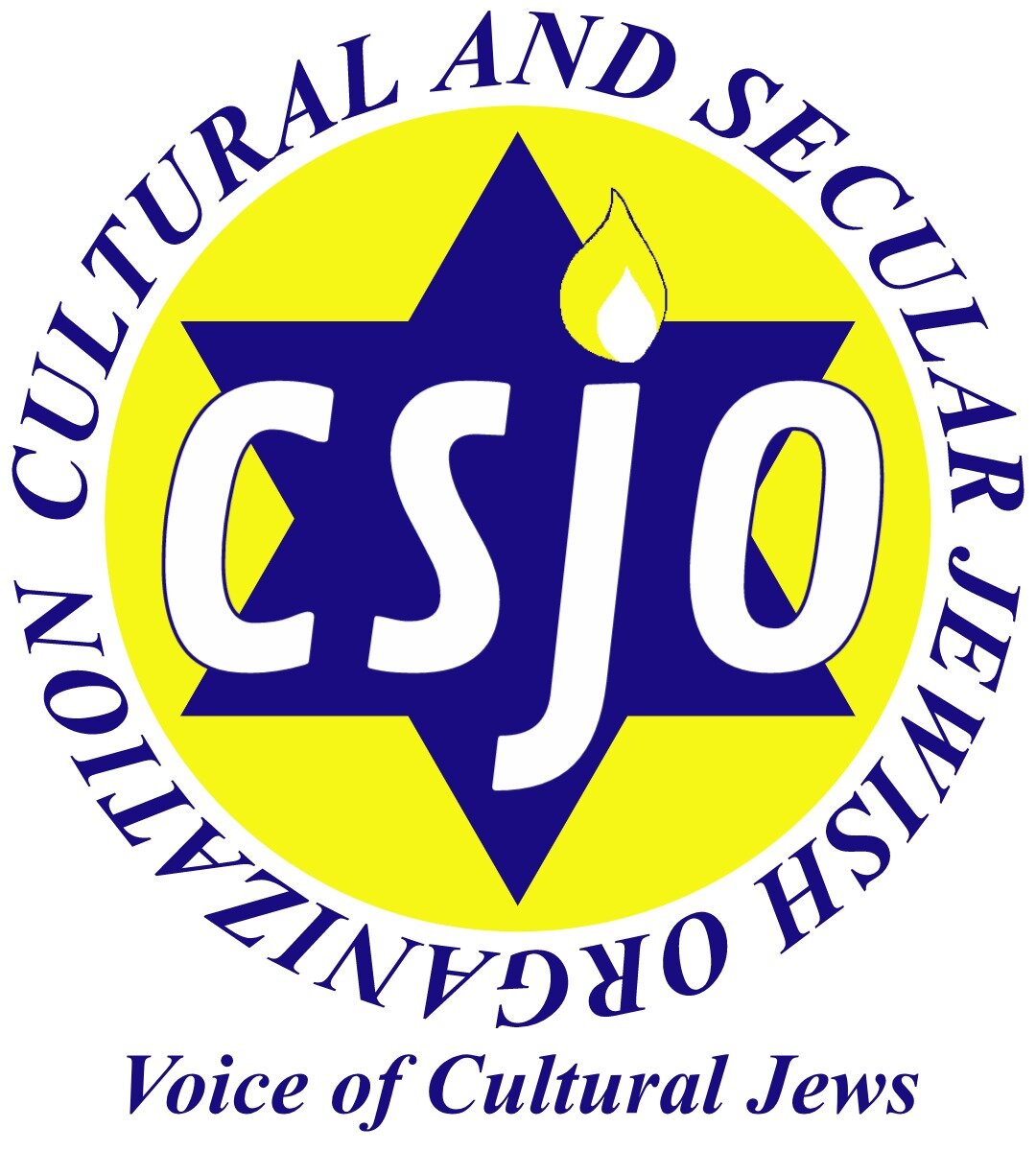By Terry Waslow
I recently returned from a very brief visit to the Jewish Community in Havana, Cuba. It is impossible to learn a lot through a short tour, but what I did learn will stay with me for a very long time. The effort and commitment of the community to live a Jewish life and stay connected is inspiring. The true sense of community was so evident.
There were two of us visiting, and a young woman, Anaya, was our tour guide. She told us many things about the community and took us to a number of places. Aproximately 1,000 Jews reside in Havana and another 200 or so are scattered around the island. Anaya says that even though they are small in number, they are like a large family and all are connected to each other.
We started at the Jewish Community Center, Patronato de la casa de la Comunidad Hebrea de Cuba. This is where Anaya works full time. She also teaches Sunday school. She was very proud of her role as teacher of the youngest children and this sense of pride radiated as she showed us her classroom. The community center provides many services, including a youth center. By U.S. standards, it is very small and sparse, but Anaya explained that it is the only place that young people can come to watch television and work on the computer. These items are rarely found in homes. The community center also sponsors teams to particpate in the Maccabi games and Anaya had the opportunity to go with them to Israel to compete. The community center houses an awesome library with 14,000 titles in Hebrew, Ladino, Spanish and English. They were able to get funding and have begun to digitize the collection, which has a number of rare books.
From the community center we moved on to the three active synagogues in Havana. Next door to the community center is Temple Beth Shalom. It is the largest of the three synagogues, with a steady showing of about 60 or more congregants attending Shabbos services every Friday night and Saturday morning. We also went to the Sephardic synagogue and the Orthodox shul, which is the smallest of the three. A member of the Orthodox community was sent to Israel to learn to be a shoykhet (kosher butcher). He butchers animals once a month and then the meat is distributed to all the Jews in Havana. They receive 3-4 pounds of meet per month. This is a good amount of meat by Cuban standards and more than most Cubans are able to get. We happened to be there the day of the butchering and it was an unforgettable sight to see. It takes place right inside the kitchen of the synagogue. As the shoykhet is butchering, other community members are packing up the meat in plastic bags and others are loading a van for distribution. There was no modern equipment, no airtight ziplock bags and no refrigerated trucks. This was truly an effort to provide sustenance with the major resource being commitment to community.
Every place we went, that commitment was evident. There were classes going on for adults, activities for seniors and there was a pharmacy housed in one of the synagogues that provided medication to the Jewish community, which was also open and available to the larger non-Jewish community. While healthcare is free and available to everyone in Cuba, there are not enough resources on the island to stock adequate supplies of pharmacueticals. The Jewish community gets donations from other Jewish communities around the world and makes the medicines available to all.
There is no rabbi in Cuba. They have an ongoing relationship with a rabbi in Argentina. He visits periodically and conducts conversions and weddings. Anaya explained that the non-Jewish partners in interfaith marriages often want to convert to Judaism. Also, they have requests to go through the conversion process from adult children whose fathers are Jewish, but their mothers are not Jewish. They have been raised in the Jewish community, but want an official conversion. While couples have a civil wedding, many of them also want a Jewish ceremony. Since the rabbi only comes periodically, they have group weddings. The largest ceremony consisted of 28 couples.
Anaya showed us many photographs of events that they have been held and important people that have visited. She seemed especially proud of the photos of Steven Spielberg, and pointed out the photos of both Fidel and Raul Castro visiting and meeting with their community's president. Anaya showed us a small park with a large menorah in the center and explained that it was given to the Jewish Community as a gift from the government.
What we saw over and over was the lack of resources that impacts the entire population and how the Jewish community is impacted. They receive support from other Jewish communities, but, due to the United States embargo, it is impossible for U.S. Jews to offer substantial assistance.
I ended my visit with both asense of sadness and awe. I was sad knowing that I would leave and not be able to help in any way other than what I was able to give that day. I was also greatly inspired by the awesome commitment and sense of pride that Anaya and the other members of her community have in maintaining their Jewish identity.


